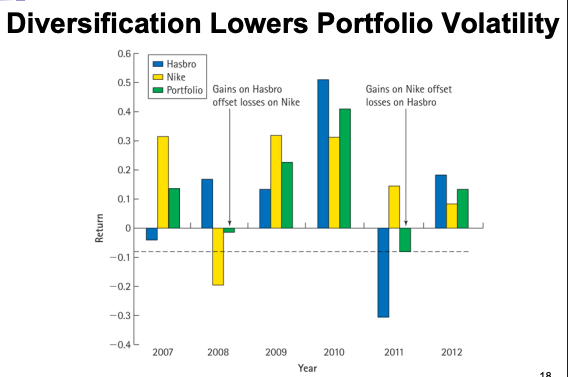Home Insurance Example
Consider two types of home insurance: Theft insurance and Earthquake insurance in San Francisco. Assume there is about a 1% chance that the home will be robbed and a 1% chance that the home will be damaged by an earthquake.
An insurance company writes 100,000 policies of each type for homeowners in San Francisco. For the insurance company, On average, 99% chance that 1% of homes will be robbed and 1,000 claims will be filed year by year.
- On average, 99% chance that there is 0% claims for earthquake.
- But 1% chance that all 100,000 claims will be filed.
Risk of the portfolios of these two policies are very different, because nature of risk of these two types of insurance is different.
For portfolios of theft insurance, number of claims will be about 1,000 per year. There is very small variation in the expected number of claims so the payouts of the insurance company is quite stable. Its risk is almost zero!
The risk of portfolios of earthquake insurance policies is no different from the risk of any single policy. That is, 99% chance that no claim will be filed but a 1% chance that all claims will be filed. There is a huge variation in the two outcomes of number of claims. The insurance company has to hold very large cash reserve in order to pay the claims if an earthquake occurs.
Common and Independent Risk
This leads us to the following definitions of risk for portfolios:
- Common risk: Risk that is perfectly correlated, linked across outcomes. This risk is not diversified in a large portfolio.
- Independent risk: Risk that is uncorrelated; knowing the outcome of one provides no information about the other. Diversification provides averaging independent risks in a large portfolio.
